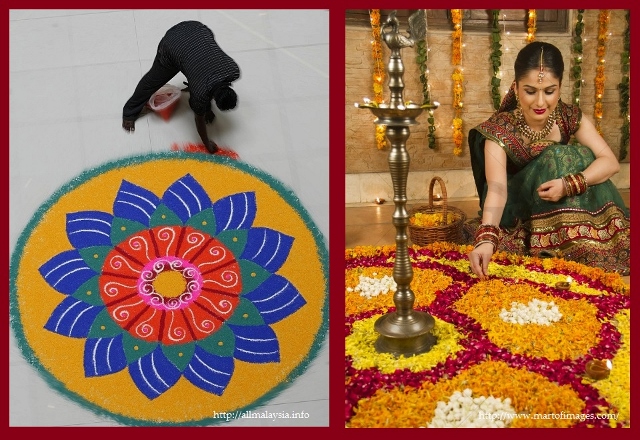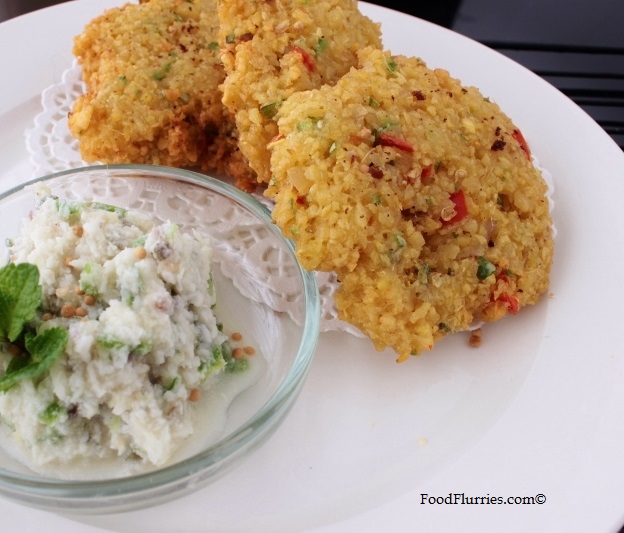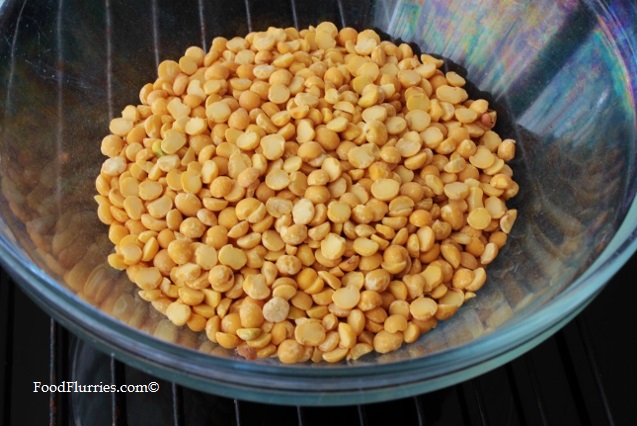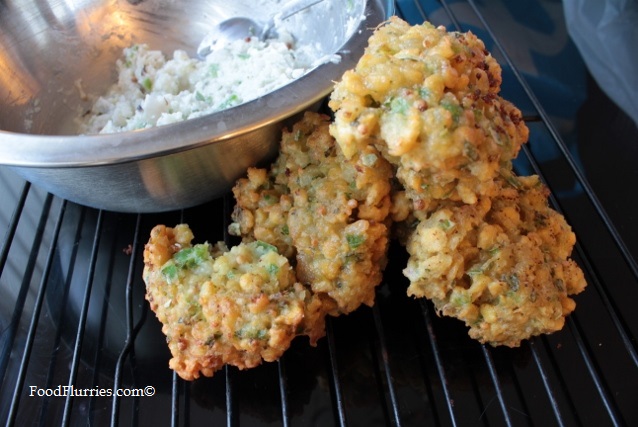On the weekend friends and family back home celebrated the holy festival of lights, Deepavali (Diwali). It is an ancient Hindu festival that is celebrated over five days, marked by the performance of many spiritual and symbolic practices, such as the lighting of many oil lamps in ones home, the bringing of offerings to temples, the bathing and anointing with oils, and the prayers of thanks to the gods. At home people clean and decorate their houses in preparation for the celebration to kick off. They create beautiful geometric artwork on the floor, usually at the entrance to ones home, using coloured rice grains or rice powder, called ‘kolam‘ or ‘ranggoli‘.
These designs are meant to be a symbol of warm welcome to all who visit the home, especially to the deity Lakshmi, the goddess of wealth and prosperity. Oil lamps are lit in their hundreds during the night to signify the light of enlightenment and inner peace within ones spiritual self, warding off the darkness of impurity and ignorance. Many more customs and practices are observed during this celebration, and for more reading on the subject click here and here.
Accompanying any cultural celebration is the food. During Deepavali sweets play an important role as they are offered up by the platterful to deities during pooja. Sweets are seen as a way to please the gods and also as a symbol of thanksgiving for the bountiful harvest they have received. Indian sweets are famous for being absolutely saturated with sugar and flavoured using various nuts, fruit, spices and scented water. I found this brilliant article online that goes through each sugary confection accompanied by pictures.
Personally, I am not a fan of Indian sweets … I think it is an acquired taste. Apart from kulfi the rest are all too much for my taste buds to handle. I do like the savouries though! While cakes and sweets take centre stage on quaint coffee tables in lounge rooms, the main event lies waiting in the dining room. Tables groan under the weight of dish after dish consisting of rice, flat breads, sambhar, curries, chutneys, kormas and deep fried treats. Dishes vary depending where in India you are from, but in Malaysia it is mostly south Indian fare with a local twist.
When I was in high school, one of my closest friends was an Indian boy who lived just across the road from my apartment building. Every year I would be invited to his house on Deepavali and his family would feed me until my belly ached; I could barely move after. Man, those were fond memories indeed. I miss him.
Anyway, all this talk of Deepavali over the weekend gave me a huge yearning for holiday treats … something that is hard to come by here in the Netherlands. So I decided to make some for myself. However, as I have stated many times before, my ability to cook with spices is somewhat limited. I never cook Indian meals at home; never needed to before coz all I had to do was pop into my local Indian eatery. The most ambitious Indian dish I have ever cooked to date is this recipe I pulled off a news article : Cochin Coriander and Cumin Chicken. It turned out fabulous so I urge you to give that a try too. But for the purposes of this article I am posting about making vade for the first time.
Vade is a popular deep-fried teatime snack in Malaysia, made from ground up lentils, chillies and spices. It originates in south India and also in Sri Lanka, where it is sold on the streets from food carts as a breakfast. item. Because they are made predominantly from split urad lentils they provide lots of calories and essential proteins all in one pint sized portion. To begin, grab yourself the ingredients according to the list below.
Ingredients
- 2 cups urad dhal
- 2 green chillies
- 1 shallot
- 1 inch ginger root
- curry leaves
- 1 tbsp mustard seeds
- 60 mls water
- 1 tbsp all purpose flour
- salt to taste
Place the lentils in a bowl and cover them with cold water. Let it stand overnight to soften. The next day rinse them out and pick off any stones and grit might remain. Place them in a food processor along with all the other ingredients and blitz to a ground paste. How fine you want it to be is up to you. For me, I like a bit of texture and a bit of crunch, so I generally aim for medium couscous grains.
Now make little patties with your hands and drop them into hot oil. It helps if you wet your hands slightly when shaping the dough. Fry for two to three minutes per side and drain on paper towels. These are to be served along with fresh coconut chutney on the side.
The first time I made these, it was quite a fail. They tasted good but they did not resemble a vade at all. They looked more like lumps of rock cookies. My mistake was not waiting long enough for the lentils to soften before attempting to grind them up. I also dropped spoonfuls of them in the oil instead of flattening them with my hands. Below is what they looked like eventually. My friends had a good laugh at the sight of them.
Coconut Chutney
– 1 cup fresh dessicated coconut
– 1 green chilli
– 1/2 shallot
– 1 tsp mustard seeds
– 10 curry leaves
– salt
Place coconut, green chilli, shallot and some water into a blender. Blitz to a paste.
In a frying pan heat some oil and toss in the mustard seeds and curry leaves. Once the seeds start popping take it off the heat and add this to the coconut paste. Stir well and serve with vade.
~ Enjoy ~










2 comments
Claire
November 17, 2013 at 12:20 pm (UTC 1) Link to this comment
🙂
Maybe u should try making murukus….
bubviv
November 17, 2013 at 1:57 pm (UTC 1) Link to this comment
Hahaha … no thanks! I’ll leave that to the experts.